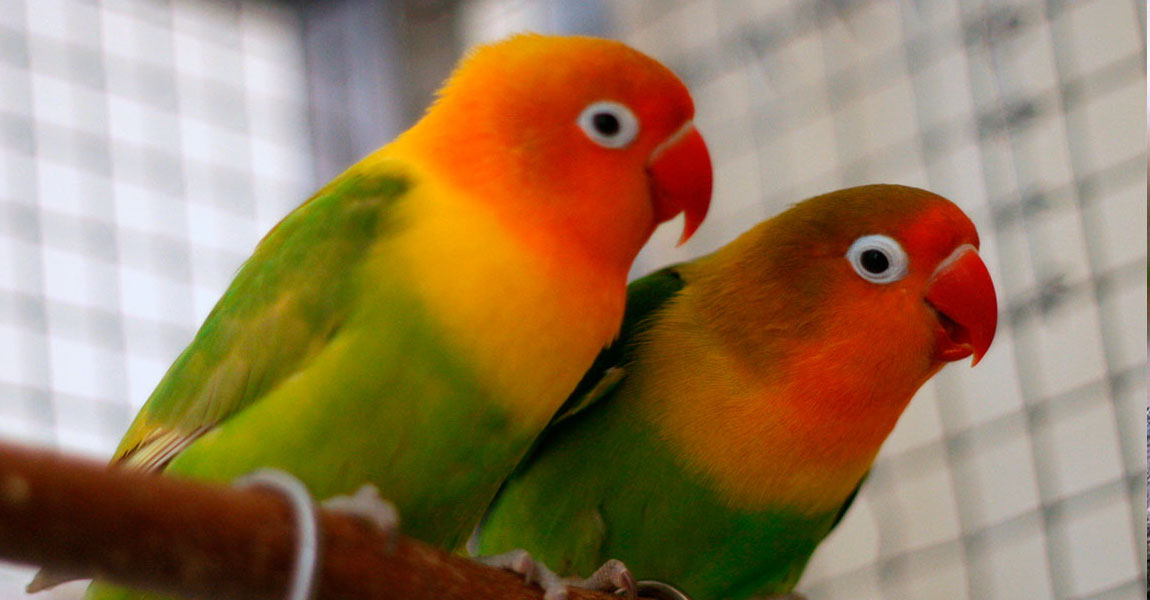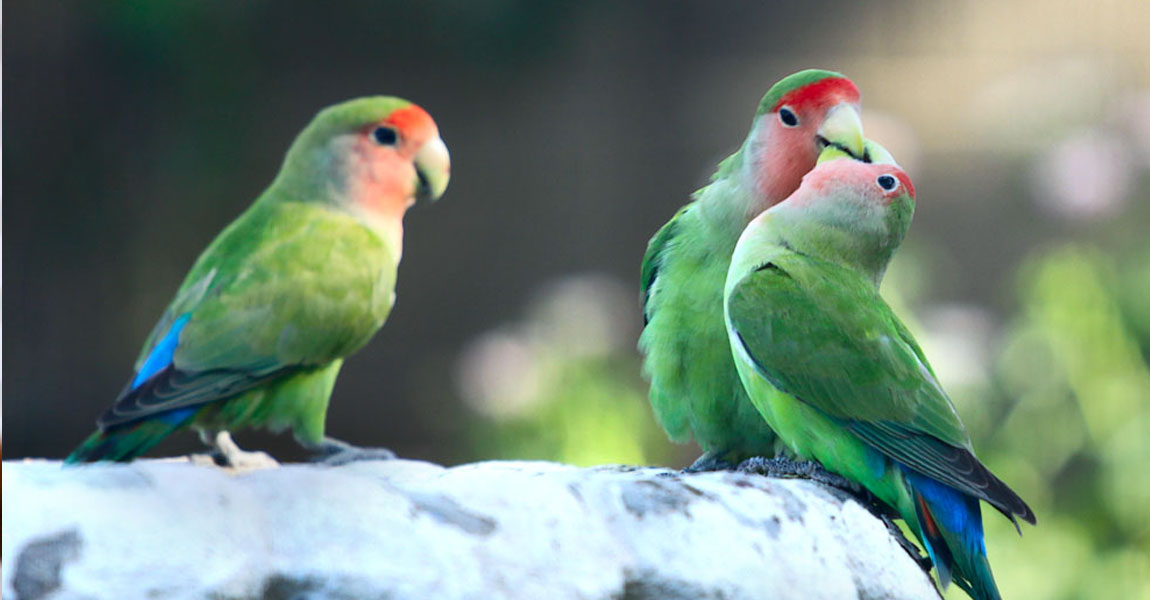Introduction:
Love birds, with their vibrant colors and captivating personalities, have enchanted bird lovers for centuries. These small parrots possess a charm that is as captivating as their name suggests. In this article, we will explore 10 fun and fascinating facts about love birds, shedding light on their unique behaviors, intriguing characteristics, and the joy they bring to our lives.
1. Origin and Natural Habitat:
Love birds originate from the African continent, specifically from the regions of Sub-Saharan Africa. They are found in various habitats, including forests, savannas, and arid areas, depending on the species. The love bird species commonly kept as pets are descendants of the feral populations introduced in various parts of the world.
2. Monogamous Bonds:
Love birds are renowned for their monogamous nature. Once they find a mate, they form a strong and lifelong bond. They exhibit affectionate behaviors such as preening each other's feathers, cuddling, and even feeding one another.
3. Communicative Chatter:
Love birds are incredibly vocal creatures. They communicate through a repertoire of chirps, squawks, and whistles. They use vocalizations to express their emotions, convey warnings, and communicate with their mates or flock members.
4. Playful Personalities:
Love birds have playful and curious personalities. They are known for their acrobatic abilities, often hanging upside down, swinging, and engaging in aerial displays. Providing toys and interactive activities is essential to keep their active minds stimulated.
5. Mimicking Abilities:
While love birds are not as famous for mimicking human speech as larger parrots, some individuals have been known to imitate sounds, whistles, and even simple words. Each love bird has its own unique vocal repertoire, which may include mimicking sounds from their environment.
6. Variety of Species and Colors:
Love birds encompass a wide range of species, with each species exhibiting unique color patterns and markings. From the vibrant and popular Peach-faced Lovebird to the striking Masked Lovebird and the visually stunning Fischer's Lovebird, these birds showcase a breathtaking array of colors.
7. Nesting Rituals:
When it comes to nesting, love birds exhibit interesting behaviors. They meticulously choose nesting sites, often in tree cavities or hollowed-out logs. Love birds are skilled architects, building intricate nests using twigs, leaves, and other materials. They even line their nests with soft fibers to create a cozy and comfortable environment for their eggs.
8. Avid Chewers:
Love birds have a strong beak and an inherent desire to chew. Providing them with safe and appropriate chew toys is essential to prevent boredom and to satisfy their natural chewing instincts. These toys also aid in maintaining beak health.
9. Lifespan and Longevity:
With proper care and a suitable environment, love birds can live for an impressively long time. On average, they can live anywhere between 10 to 20 years. However, some individuals have been known to surpass this range, living up to 30 years or more.
10. Sociable Creatures:
Love birds thrive on social interaction. They enjoy the company of their human caregivers and, if properly introduced, can coexist with other love birds or even other bird species. Their sociable nature makes them excellent companions, providing endless entertainment and love.
Conclusion:
Love birds are captivating creatures, both in appearance and behavior. From their monogamous bonds and vocal communication to their playful personalities and vivid colors, these birds never fail to amaze. Understanding these fascinating facts about love birds deepens our appreciation for their uniqueness and strengthens the bond we share with these delightful feathered companions.





